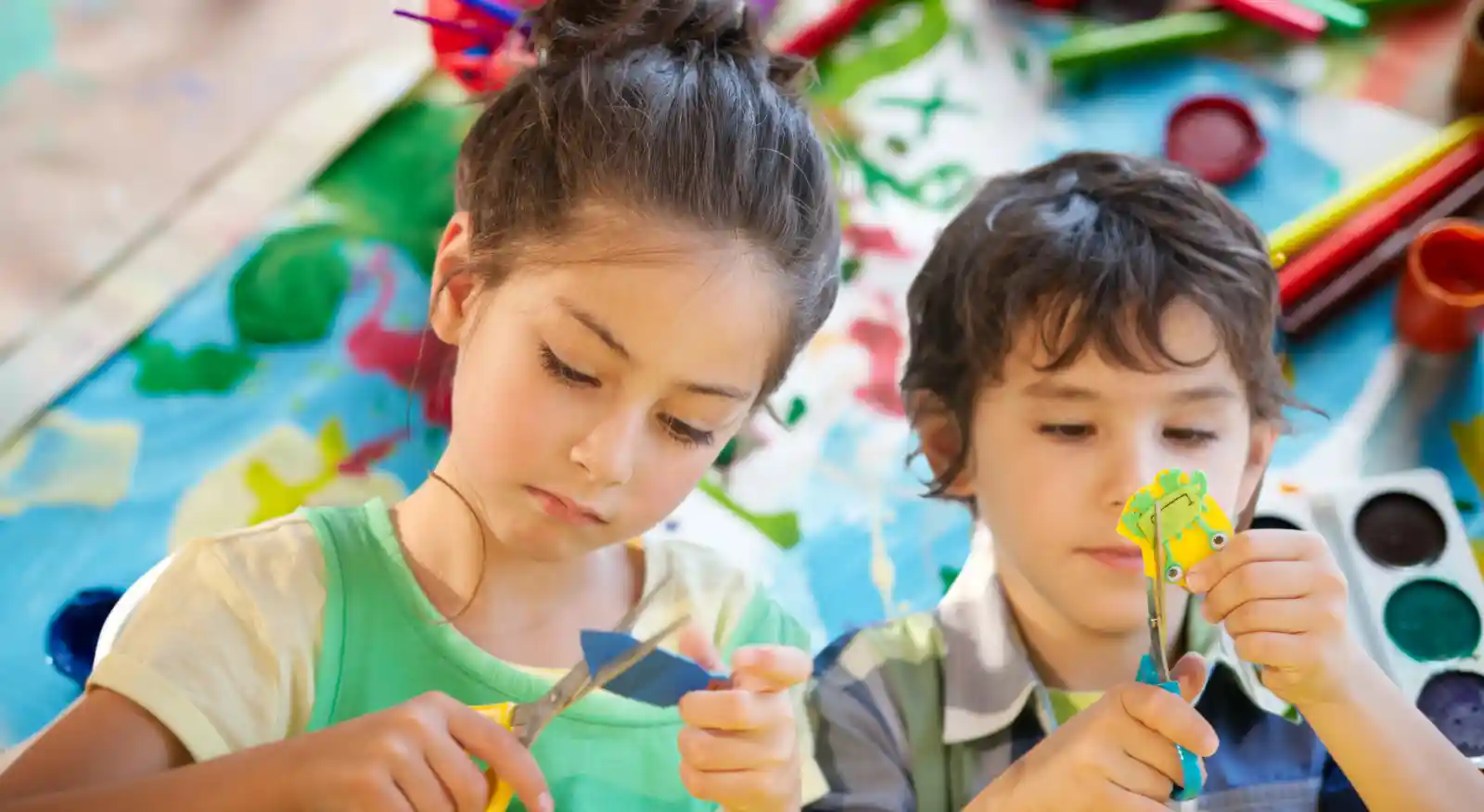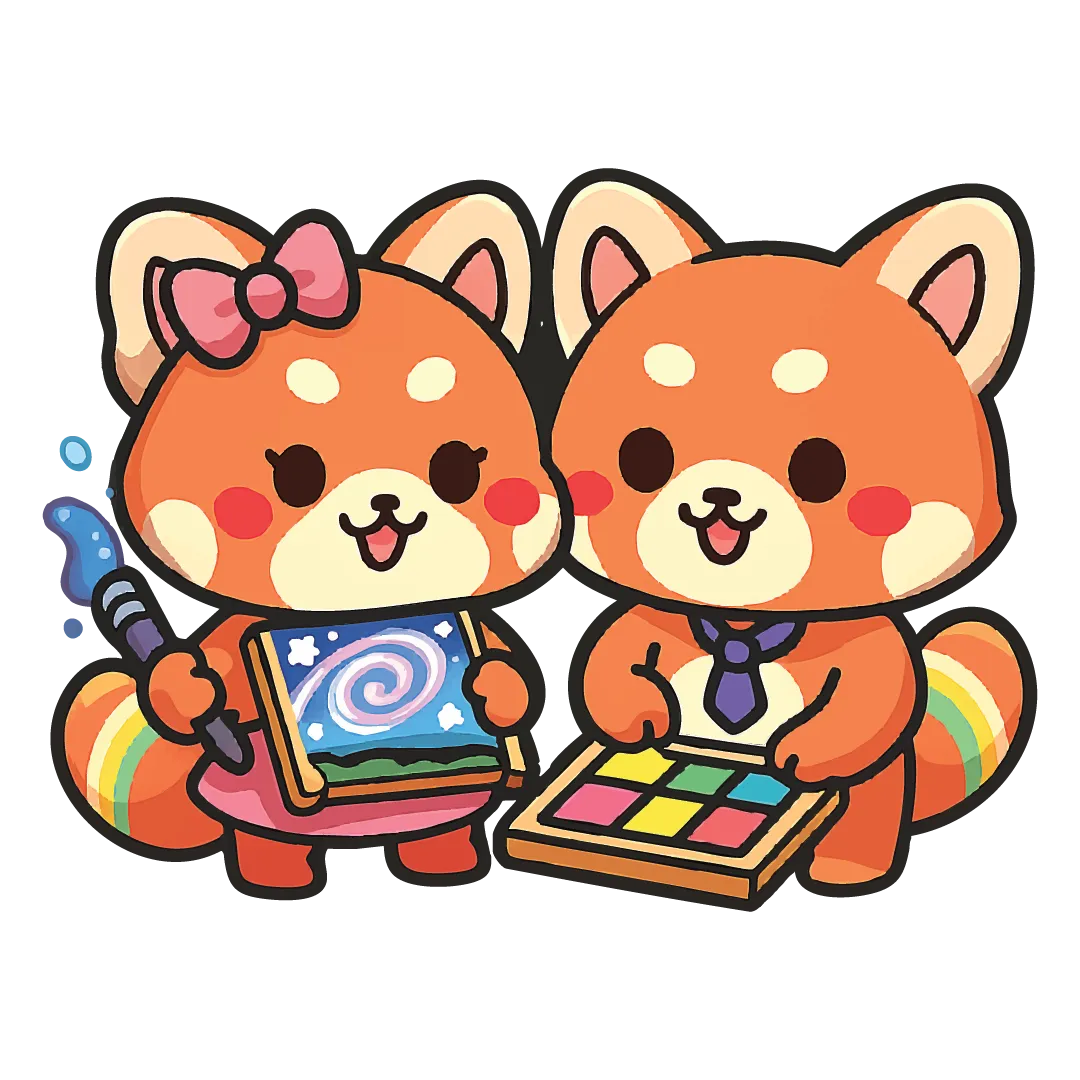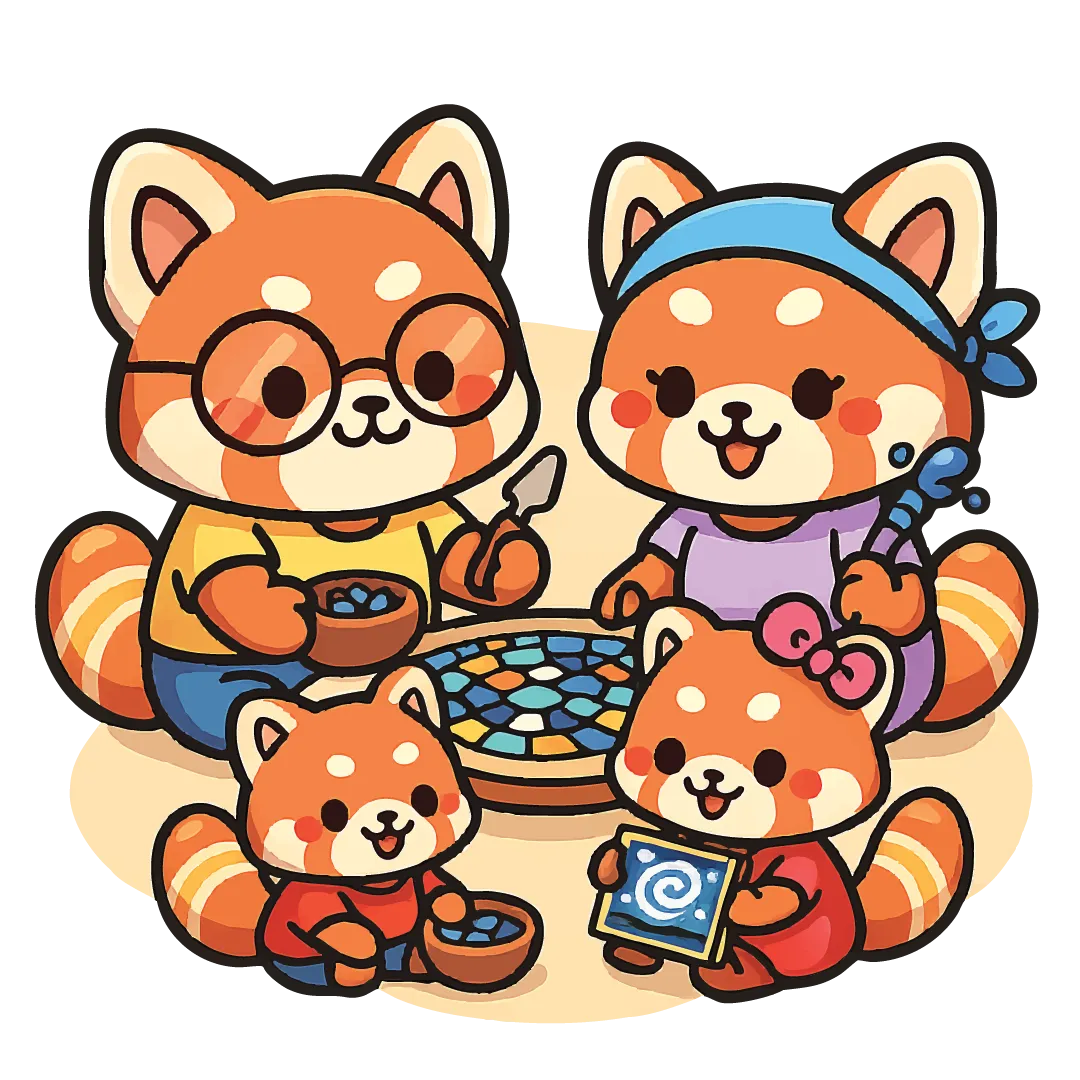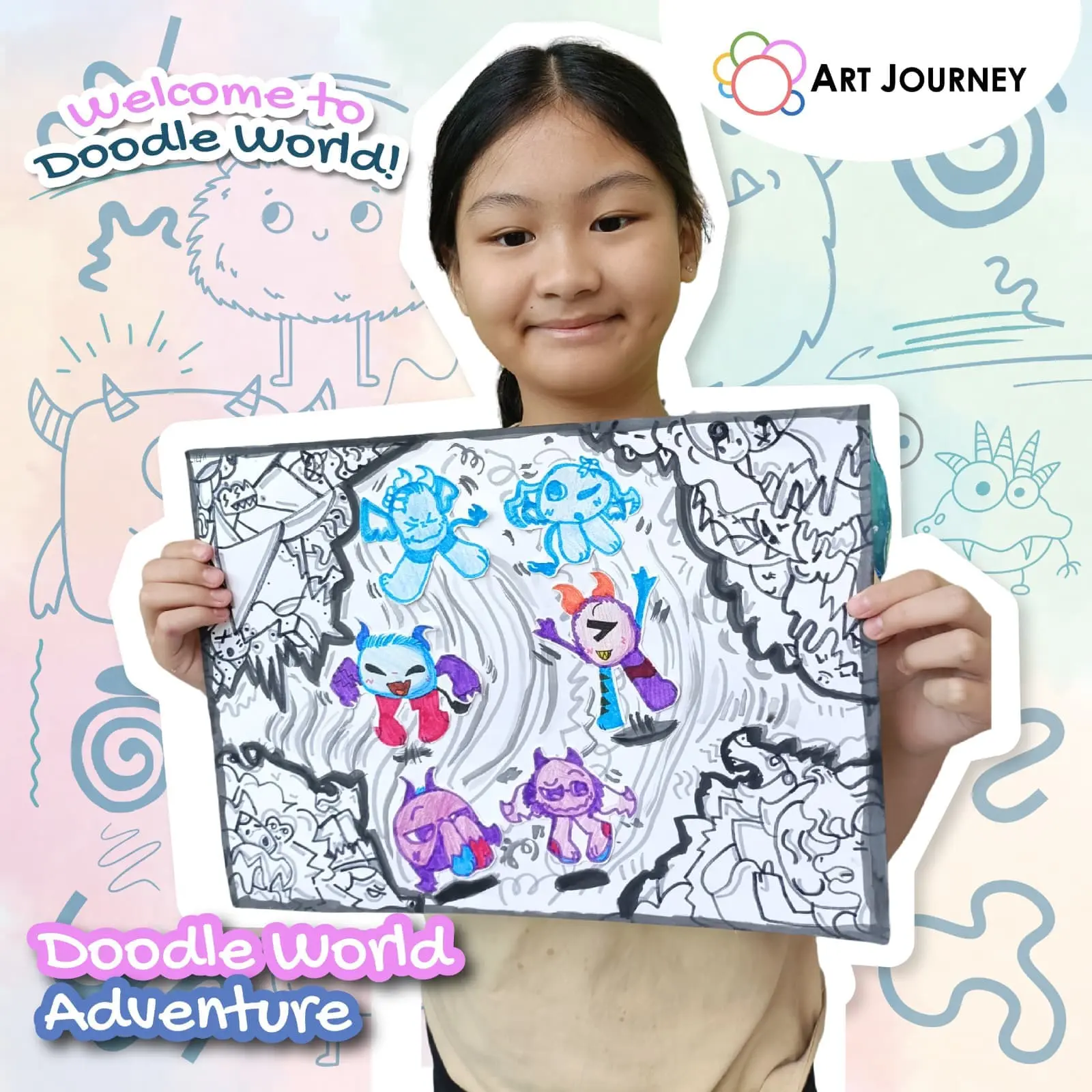
10 Things You Didn't Know Kids Learn Through Art
Most parents know that art is fun for kids. Give them a blank sheet of paper and some crayons, and they’ll spend hours happily drawing, painting, and imagining new worlds. But beyond the smiles and splashes of colour, art teaches children far more than we often realize.
Art supports healthy development in ways that go far beyond artistic skill. It shapes the way kids think, feel, interact with others, and understand themselves. If you thought art was just a leisure activity, here are ten things you probably didn’t know kids actually learn through art.
1. Problem Solving
When a child decides to draw a house, they have to figure out how to turn that idea into lines, shapes, and colours. If they make a mistake or change their mind halfway, they find ways to adapt. Should the sky be blue or purple? How do you make brown if there’s no brown crayon? Every creative decision becomes a small problem-solving opportunity.
How it helps:
This ability to think critically and make adjustments builds flexible thinking, which is useful not only in school but in daily life.
2. Fine Motor Skills
Holding a paintbrush, using scissors, squeezing glue, or pressing beads into clay—these small movements all help develop the muscles in a child’s hands and fingers.
Why it matters:
Good fine motor control is essential for handwriting, tying shoelaces, using utensils, and many other everyday tasks.
3. Focus and Concentration
Completing an artwork requires attention. Whether it’s a 10-minute doodle or an hour-long painting session, art encourages children to stay with a task, follow through with their vision, and finish what they start.
What it builds:
This kind of focus translates into better concentration at school and improved task management as they grow older.
4. Emotional Expression
Sometimes kids struggle to express how they feel through words. Art gives them another language. A child might paint stormy skies when they’re feeling upset or draw themselves smiling next to their best friend when they’re happy.
Why it’s important:
Art becomes a safe and healthy outlet for emotions, helping children process feelings they may not yet fully understand or articulate.
5. Confidence and Independence
When a child finishes a drawing or sculpts something from scratch, they experience a sense of achievement. They made something—on their own. And even if it’s not perfect, they’re often proud of what they created.
Result:
This builds confidence, encourages independence, and helps them learn to trust their instincts.
6. Cultural Awareness
Through art, children are introduced to different cultures, traditions, and perspectives. Whether it’s painting a Chinese lantern, creating Aboriginal dot art, or exploring batik patterns, art is a gateway to understanding the world.
Why it matters:
It fosters respect for diversity and helps children appreciate how people express themselves across cultures.
7. Patience and Perseverance
Not every art project goes as planned. Paint spills, glue sticks, colours don’t blend right—these are common frustrations. But when kids keep going and finish the piece anyway, they build resilience and patience.
A lifelong skill:
Learning to handle frustration and work through challenges helps children develop grit—something that benefits them well beyond the school.
8. Communication Skills
Art opens up opportunities for dialogue. A child who shares a drawing or sculpture is also learning how to explain their choices, describe what they made, and engage with others’ feedback.
Developmental benefit:
These early communication moments prepare kids for later conversations, presentations, and even teamwork in future group settings.
9. Decision-Making
Every artwork is filled with decisions: What materials should I use? Should I blend these colours? Where should I draw the tree? These choices may seem small, but they build a child’s decision-making skills in meaningful ways.
Practical application:
Children become more decisive and self-assured in their preferences, which helps them take ownership of their learning and actions.
10. Joy and Mental Wellbeing
At its core, art is joyful. It provides kids with a space to play, imagine, and be themselves without rules or grades. In a world that’s increasingly fast-paced and competitive, art offers a pause—a moment to breathe, create, and just enjoy.
Emotional benefit:
This kind of play supports mental wellbeing, helping reduce stress and promote happiness and balance in children’s lives.
Making Art a Part of Everyday Learning
The good news is, you don’t need a fancy studio or expensive tools to help your child enjoy the benefits of art. Simple materials—like paper, markers, scissors, or even recycled items—are enough to spark creativity at home.
But if you’re looking to expand your child’s exposure to guided art activities, there are plenty of enriching options in Singapore. Studios like Art Journey offer weekend programs, holiday workshops, and parent-child art jamming that are structured to bring out creativity while also developing deeper learning skills. These programs are a wonderful complement to home-based exploration, and they give children the chance to work alongside peers, try new techniques, and be inspired.










